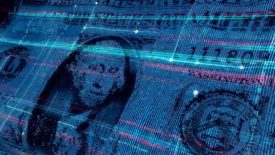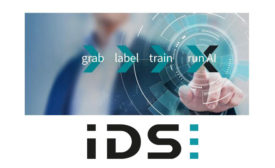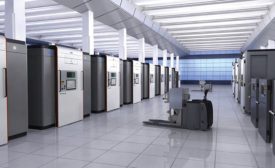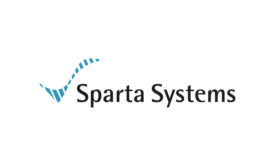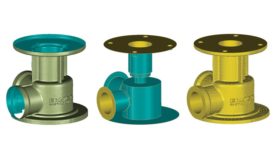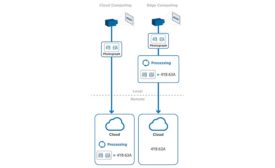Home » cloud computing
Articles Tagged with ''cloud computing''
Software & Analysis
How assuming digital maturity is key to quality, competitive advantage, and intelligent technology.
Read More
NDT Back 2 Basics
How the Internet of Things and Cloud-Based Apps Are Changing NDT Inspections
It enables new tools that can transform the inspection process.
August 5, 2020
Sponsored Content
How to create an intelligent industrial camera without prior knowledge
April 7, 2020
Test & Inspection
Additive Manufacturing in Production Presents Challenges, Opportunities for Quality
Applying quality control measures to additive technologies requires a holistic approach.
May 1, 2019
How the Cloud is Transforming Document Management in Modern Manufacturing
By taking a cloud-based approach, all stakeholders can access a single source of data.
December 1, 2018
Advertisement
Beyond the Hype: Machine Learning for Manufacturing Performance
July 30, 2018
Quality Software and the Future
There is a war going on and it is presently being fought in the cloud.
April 30, 2018
Reverse Engineering: Outputs
Learn more about these eight options using 3D scanning.
March 6, 2018
On the Frontier of Factory Production
Explore edge computing and smart sensors for IIoT.
March 1, 2018
Stay in the know with Quality’s comprehensive coverage of
the manufacturing and metrology industries.
eNewsletter | Website | eMagazine
JOIN TODAY!Copyright ©2024. All Rights Reserved BNP Media.
Design, CMS, Hosting & Web Development :: ePublishing
